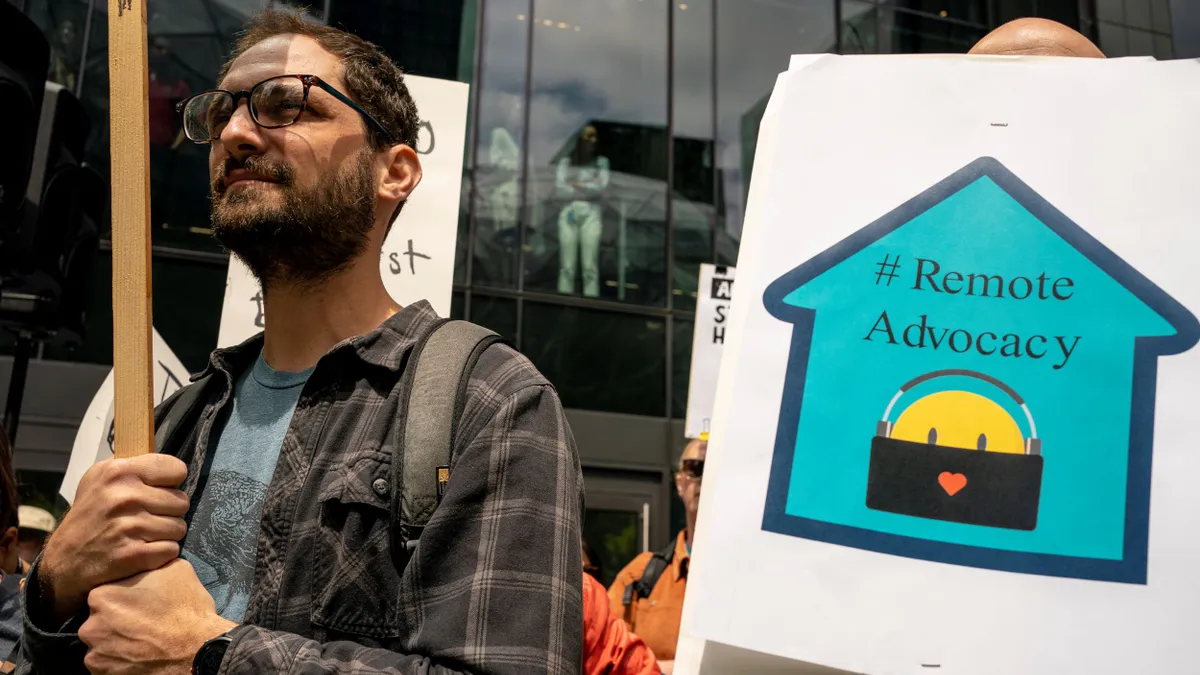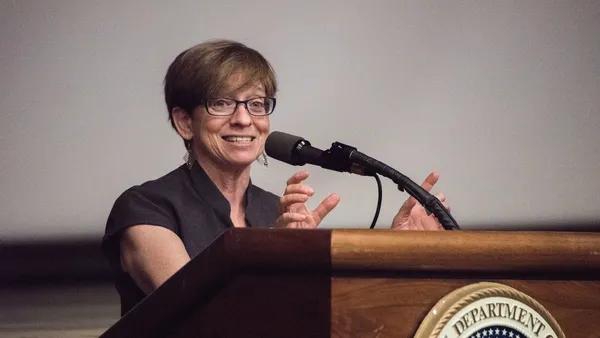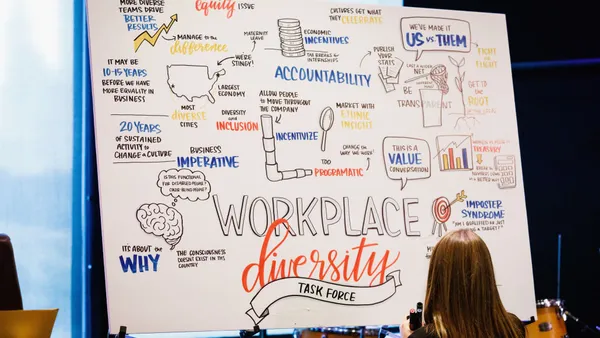Women make up a little over 57 percent of the workforce, according to the latest Bureau of Labor Statistics data. And it’s true that, overall, women have made great strides in the workplace over the past several years. For example, women made up 29% of C-suite positions in 2024, up from 17% in 2015. However, those stats don’t paint a full picture.
Despite this progress, there is still much work that can be done. Women have always faced gender-specific challenges in the workplace. Whether that’s as the likely caregivers to both young and aging family members, dealing with the stigma that tends to surround the topic of menopause in the workplace, or the financial management and investment gap that keeps them trailing male counterparts with regards to savings goals, the fact remains that employers who recognize the specific workplace challenges that women encounter will be better suited to face them head-on.
A company that helps women excel is one that not only supports women in bringing their best selves into the workplace but is one that also empowers women with real-time guidance for their needs outside of their jobs. Here are a few ways benefits leaders might be able to tackle the gender-specific obstacles that women face.
Consider the caregivers, who are likely to be women.
Women continue to be the likelier of the two genders to be caregivers. As of 2024, 52 percent of the workforce identified as caregivers, and of the caregiver demographic, 75 percent are women.
That translates into a significant proportion of the female workforce dealing with caregiving duties — as well as workplace duties — on any given day.
How that specifically translates into workplace obstacles is often nuanced. “Oftentimes caregiving — whether it’s having children or taking care of parents — stops women’s access to workplace retirement savings programs, as well as access to regular income,” said Lorna Sabbia, head of Workplace Benefits at Bank of America.
Beyond benefits, caregiving responsibilities can also stall a woman’s professional growth, potentially narrowing opportunities for raises or promotions that will affect her long-term financial independence and wellness.
To better assist female caregivers in the workforce, employers can help foster a culture of support by providing training and increasing awareness of caregivers in the workplace. By offering caregiving support and programs like flexible scheduling, leave of absence and sick days, as well as employee support and counseling groups, they can start to normalize the working/caregiving role.
Besides creating an inclusive environment, education and empowerment come into play. “Employers can also offer real-time guidance for employees’ real-life needs at every step of their financial journey,” said Sabbia. “It’s not enough to just have these programs in place. You have to promote them, engage with employees throughout their employment journey and evaluate the programs to ensure they’re actually working.”
Make menopause-related benefits more prevalent.
Menopause is a natural part of every woman’s life. It’s not, however, always a natural subject to be broached at work. Bank of America research found that half of peri- and post-menopausal employees report menopause has negatively impacted their work life.
“There are significant disconnects between how employers and employees perceive menopause and employee workplace support, likely due to lack of transparency and dedicated communication,” said Sabbia. “According to our research, employers are more than twice as likely as employees to have a positive perception of their company culture regarding menopause.”
While many employers offer general benefits that may include some menopause-adjacent coverage, these aren’t always menopause-specific, and most employees aren’t even aware of them. Menopause-specific benefits might include things like temperature control options within the workplace to help when hot flashes hit, access to menopause-informed health care, and better coverage for menopause-specific medications.
If employers do already have menopause-specific benefits, proactively communicating about them is important. This includes equipping managers to hold honest and open conversations with their employees. It might help to create dedicated employee support groups, offer manager trainings, and ask for employee feedback.
Focus on financial wellness trends most likely to impact women.
Perhaps because of their caregiving duties and the gender wage gap, women have traditionally trailed men when it comes to certain financial areas. For example, Bank of America research found that women continue to trail men in managing their day-to-day finances, which limits their ability to make progress toward saving for retirement. By not taking advantage of long-term saving and investing, women are putting their futures at risk.
“This is a big issue that employers can play a role in addressing,” said Sabbia. “Employers can provide resources for employees to learn about their employer-sponsored saving options, and work with their HR representatives to make sure those resources reach employees.”
Women also tend to want benefits that support their responsibilities outside of the workplace, like caregiving support, so that they can bring their best selves to work. For today’s modern workplace, employers can consider all these factors when building a comprehensive benefits package by including thoughtful options. Things like connecting female employees with mentors and financial planners who understand the specific needs of women, and providing workshops and classes that focus on financial principles and building financial confidence, can go a long way.
Women, like all employees, want benefits that will grow with them throughout their financial journey. “As women, we often experience unique challenges and hurdles throughout our careers,” said Sabbia. “Having a benefits experience that’s flexible and personalized to your individual needs is a tool to navigate those challenges.”
Investing involves risk, including the possible loss of the principal value invested.
Workplace Benefits is the institutional retirement and benefits business of Bank of America Corporation (“BofA Corp.”) operating under the name “Bank of America.” Investment advisory and brokerage services are provided by wholly owned non-bank affiliates of BofA Corp., including Merrill Lynch, Pierce, Fenner & Smith Incorporated (also referred to as “MLPF&S” or “Merrill”), a dually registered broker-dealer and investment adviser and Member SIPC. Banking activities may be performed by wholly owned banking affiliates of BofA Corp., including Bank of America, N.A., Member FDIC.
Investment products:
Are Not FDIC Insured | Are Not Bank Guaranteed | May Lose Value
© 2025 Bank of America Corporation. All rights reserved. MAP #7770606










